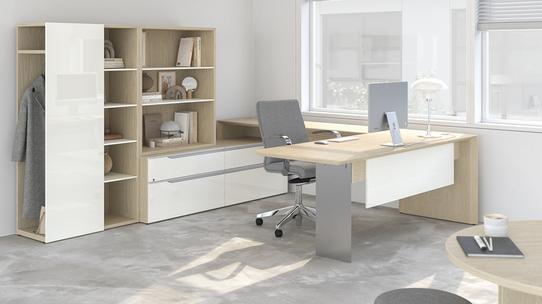Healthcare offices are more than just places where patients receive care—they are dynamic environments where design directly impacts healing, staff productivity, and the overall experience. The right blend of office furniture, office interior design, commercial office furniture design, modular office furniture, and healthcare office furniture can transform a sterile clinic into a welcoming, efficient, and supportive space. Let’s take a crash course through the strategies that matter most, and see how thoughtful design choices elevate both employees and patients every day.
Prioritize Comfort and Safety with Ergonomic Furniture
The foundation of any successful healthcare office interior design is comfort and safety. Ergonomic furniture is not just a luxury; it’s a necessity for healthcare office furniture. Staff spend long hours at desks, in meetings, and moving between patient rooms. Without the right ergonomic office furniture, fatigue and physical strain can lead to burnout and decreased productivity.
Modern commercial office furniture design emphasizes chairs with adjustable lumbar support, height-adjustable desks, and modular office furniture systems that allow users to tailor their workspace for maximum comfort. Waiting areas and patient rooms also benefit from plush, supportive seating that eases anxiety and makes every visit more pleasant. When ergonomic furniture is prioritized, employees feel valued, experience fewer injuries, and are empowered to deliver better patient care.
Optimize Space Utilization with Modular Office Furniture
Efficient use of space is a hallmark of smart office interior design and commercial office furniture design. Modular office furniture is the secret weapon for maximizing every square foot. Mobile cabinets, stackable shelves, and reconfigurable workstations make it easy to adapt to changing workflows, team sizes, or patient needs.
Healthcare office furniture that’s modular allows for quick reconfiguration of exam rooms, administrative areas, or collaborative workspaces. This flexibility is crucial in busy clinics and hospitals, where demands shift rapidly. Modular office furniture also supports infection control by making it easier to clean and maintain organized, clutter-free environments. When everything has its place, staff can focus on what matters most—patient care.
Create Welcoming Reception and Waiting Areas
First impressions matter, especially in healthcare. Office interior design for reception and waiting areas should be warm, inviting, and stress-reducing. Commercial office furniture design now favors modular office furniture that can be rearranged for family groups, solo visitors, or social distancing requirements.
Healthcare office furniture in these areas should include ergonomic seating, calming colour palettes, and biophilic elements like plants or nature-inspired artwork. Soft lighting and clear signage further enhance comfort and reduce anxiety. A welcoming reception sets the tone for the entire patient experience and supports staff who interact with patients all day.
Support Workflow and Collaboration with Thoughtful Layouts
Effective office interior design in healthcare is about more than aesthetics—it’s about optimizing workflow. Commercial office furniture design uses modular office furniture to create intuitive layouts, minimizing unnecessary travel distances and streamlining daily operations.
Healthcare office furniture should include mobile workstations, collaborative tables, and flexible seating that allow staff to gather quickly for consultations or team meetings. Modular office furniture systems make it easy to adjust layouts for new technology, changing regulations, or evolving care models. When the workspace supports efficient communication and teamwork, staff are more productive and less stressed.
Integrate Natural Light and Biophilic Design
Natural light and biophilic design are proven to boost mood, reduce stress, and accelerate healing. Office interior design for healthcare should maximize windows, skylights, and glass partitions to let in daylight. Commercial office furniture design can complement this with modular office furniture in light, neutral tones that reflect brightness and openness.
Healthcare office furniture in waiting rooms and lounges can include planters, green walls, or nature-themed art. These elements create a calming environment for patients and a restorative space for staff. When nature is woven into the design, the entire healthcare office feels more human and less clinical.
Ensure Accessibility and Inclusivity
Healthcare offices serve a diverse population, and accessibility is non-negotiable. Office interior design and commercial office furniture design must comply with regulations for ramps, wide doorways, and accessible restrooms. Modular office furniture can be selected for adjustable heights, easy maneuverability, and clear pathways.
Healthcare office furniture should accommodate patients and staff with varying needs, from wheelchair users to those with visual or hearing impairments. Universal design principles ensure that everyone feels welcome and can navigate the space with ease. When inclusivity is built into the environment, both patient satisfaction and staff morale rise.
Focus on Infection Control and Cleanability
Safety is paramount in healthcare, and office interior design must prioritize infection control. Commercial office furniture design now includes antimicrobial surfaces, seamless upholstery, and easy-to-clean modular office furniture. Healthcare office furniture in exam rooms, waiting areas, and staff lounges should be selected for durability and cleanability.
Modular office furniture makes it easier to rearrange spaces for deep cleaning or to respond to outbreaks. This proactive approach protects both patients and employees, creating a safer, more resilient healthcare office.
Use Soothing Colours and Positive Distractions
Colours have a powerful effect on mood and anxiety. Office interior design in healthcare settings should use soft blues, greens, and earth tones to promote relaxation. Commercial office furniture design can incorporate modular office furniture in these calming colours, creating a cohesive and tranquil environment.
Healthcare office furniture in waiting rooms can include interactive screens, art, or music to distract and soothe patients. Positive distractions make waiting less stressful and improve overall satisfaction.
Plan for Future Growth and Adaptability
Healthcare is constantly evolving. Office interior design and commercial office furniture design must plan for growth and change. Modular office furniture systems allow for easy expansion, reconfiguration, or relocation as teams grow or services change.
Healthcare office furniture that’s future-ready ensures your investment continues to pay off. When spaces can adapt without costly renovations, your healthcare office remains efficient, modern, and ready for whatever comes next.
Key Takeaways
- Ergonomic furniture is essential in healthcare office furniture, supporting comfort, health, and productivity.
- Modular office furniture maximizes space utilization and adapts to changing needs in office interior design and commercial office furniture design.
- Welcoming reception areas and thoughtful layouts enhance patient experience and staff workflow.
- Natural light, biophilic design, and soothing colors boost well-being and reduce stress for everyone in the healthcare office.
- Accessibility, inclusivity, and infection control are non-negotiable in modern healthcare office furniture and design.
- Modular office furniture systems ensure your healthcare office is future-ready and resilient.
- Investing in quality office furniture and smart design strategies transforms healthcare offices into places of healing, efficiency, and connection.
- Thoughtful office interior design and commercial office furniture design directly impact employee satisfaction, patient care, and operational success.
- Every detail, from ergonomic chairs to modular storage, contributes to a healthier, happier workplace.
- The right healthcare office furniture is not just a purchase—it’s a strategic investment in people and performance.
Creating Healthcare Spaces That Work
Healthcare office interior design is about more than just aesthetics—it’s about building environments where employees feel valued, patients feel cared for, and operations run smoothly. By prioritizing ergonomic furniture, modular office furniture, and thoughtful commercial office furniture design, you create a healthcare office that’s ready for today’s challenges and tomorrow’s opportunities. Every design choice is a step toward a healthier, happier, and more effective workplace.
Frequently Asked Questions (FAQ):
How does ergonomic office furniture benefit healthcare employees?
Ergonomic office furniture reduces fatigue, prevents injuries, and supports long shifts, allowing staff to focus on patient care and feel more comfortable at work.
Why is modular office furniture important in healthcare offices?
Modular office furniture adapts to changing workflows, team sizes, and patient needs, making it a flexible and cost-effective solution for evolving healthcare environments.
What role does commercial office furniture design play in healthcare?
Commercial office furniture design ensures that every piece of furniture supports efficiency, comfort, and collaboration, directly impacting both staff productivity and patient satisfaction.

